The Gas-fired power plant set is composed of gas engine, generator, control cabinet and other components. The gas engine and generator are installed on the same steel chassis. The unit uses natural gas, wellhead associated gas, coal mine gas, Water gas, refining tail gas, biogas, coke oven gas, blast furnace gas and other combustible gases as fuel. It starts quickly and has good economy. Especially because of the demand of high-quality urban life, Gas-fired power plant units have been widely used in telecommunications, post offices, banks, libraries, hospitals, hotels and other departments as backup power. Initially, the Gas-fired power plant unit was designed for the working conditions of the mine, and the noise generated by the unit during operation was generally 95~110 dB (A). The GB 3096-93 Environmental Noise Standards for Urban Areas have strict regulations on the noise level in urban areas. For Class 2 areas (residential, commercial, and industrial mixed areas), the noise level is 60 dB (A) during the day and 50 dB (A) at night; For Class 1 areas (residential, cultural and educational institutions), it is 55 dB (A) during the day and 45 dB (A) at night. The noise generated during unit operation has brought serious noise pollution to the urban environment, affected people's normal work and life, and also limited the wide application of Gas-fired power plant units. This paper proposes a set of rectification measures to solve the noise pollution problem of Gas-fired power plant units, in order to reduce the unit noise and promote the popularization and application of Gas-fired power plant units.
1. Sound source analysis
Gas engine noise is the main noise source of Gas-fired power plant set. Gas engine noise can be divided into aerodynamic noise, combustion noise, mechanical noise, exhaust noise and vibration noise. Aerodynamic noise mainly includes air vibration noise caused by intake, exhaust, and fan rotation, which directly propagates into the air. The pressure vibration generated by combustion inside the cylinder passes through the cylinder head, and the noise radiated from the engine body is called combustion noise; The impact of the piston on the cylinder liner, as well as the impact vibration noise generated by moving components such as the valve train and jet system, are collectively referred to as mechanical noise. During the operation of the unit, exhaust gas rushes out at high speed from the exhaust valve, enters the muffler along the exhaust manifold, and finally discharges into the atmosphere through the tailpipe. Exhaust noise is the maximum noise of an engine, often about 15 dB (A) higher than the noise of the engine host, followed by combustion noise, mechanical noise, fan noise, and intake noise.
2. Renovation design
Based on the working principle of Gas-fired power plant unit, it is difficult to reduce the noise of the sound source by reducing the noise, so the main purpose is to effectively block the Pathogen transmission of the noise. The core of noise reduction technology is to use the natural attenuation law of sound waves in propagation to reduce the pollution surface of noise. There are several specific methods to reduce noise: absorption, insulation, and changing the direction of noise propagation. In practical engineering applications, only one of them is often used. This paper proposes a new combined noise reduction technology for Gas-fired power plant units by using three methods.
(1) Combined silencer
The original muffler mainly used resistive noise reduction, with high power consumption and unsatisfactory noise reduction effect. After careful argumentation, the three-level combined noise reduction technology has been applied to transform the muffler into a new type of combined muffler. The main components of this combined muffler include a spray muffler damping chamber, a porous muffler cover, a sound absorbing insulation layer, and a sound absorbing resonance plate. The sound source can fully resist and dissipate the noise energy of medium and low frequency sound sources through the first stage of anti noise and damping cavity. The secondary porous resistive muffler can eliminate most high-frequency noise, increase the adaptability of the muffler to high frequencies, and is equipped with high-efficiency sound-absorbing materials in the cavity, which can fully absorb and redirect the noise, thereby maximizing the consumption of noise energy. The third level is a specially designed exhaust pipe with a resonance plate, which is further silenced through the vibration of thin plates. The test shows that the three major indexes of the new muffler are better than the original muffler in terms of noise elimination amount, noise elimination frequency range (mainly the frequency range of noise elimination amount peak) and Friction loss. In addition, the muffler has a suitable size, good structural rigidity, convenient installation, and has the function of suppressing regenerative noise. Moreover, the sound absorption and sound insulation layer at the rear has anti-corrosion performance, which can effectively overcome the low-temperature dew point corrosion of smoke and prolong the service life of the muffler.
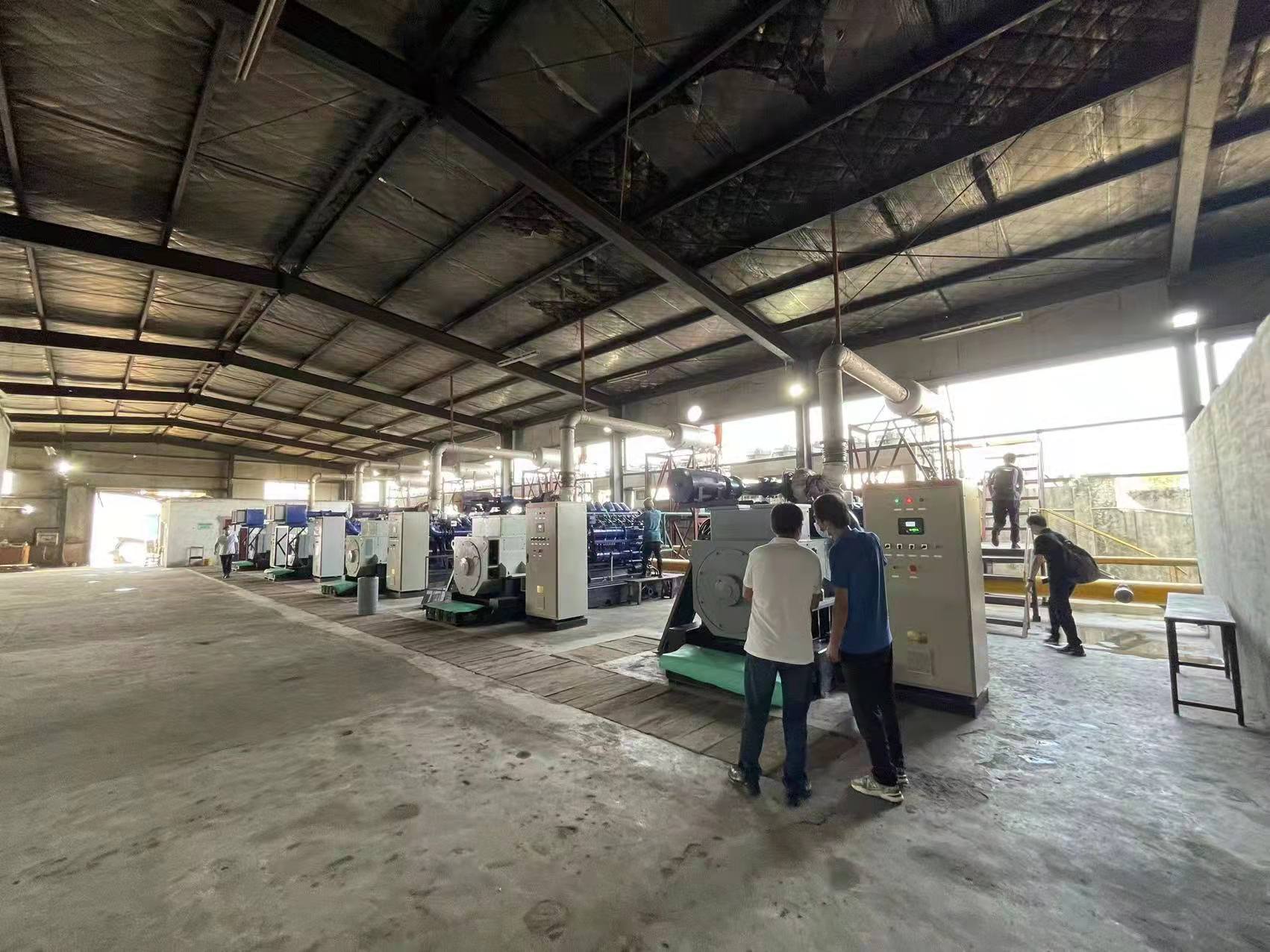
(2) Two stage vibration isolation pad
The effective method to control mechanical noise and combustion noise is to isolate the unit. Composite vibration isolation and damping pads are installed between the gas engine, generator, and steel chassis, and high-efficiency damping rubber pads are also placed between the chassis and the foundation. After two-stage vibration isolation treatment, not only is the vibration of the unit effectively isolated, but also the operation of the unit is more stable, and the overall noise is significantly reduced.
(3) Silencing exhaust duct
Fan noise is composed of rotating noise and eddy current noise. Rotating noise is caused by periodic disturbances caused by the cutting of air flow by rotating fan blades. Vortex noise is a series of vortex flows formed by gas slippage or splitting when Flow separation occurs on the rotating blade section, which radiates an unstable flow noise. The exhaust duct is directly connected to the outside world, with a high air flow rate. Air flow noise, fan noise, and mechanical noise are radiated out through this channel. In order to control the noise of the fan and exhaust duct, a silencing exhaust duct has been designed. This silencing exhaust duct has a large length and is composed of an air duct and an exhaust noise reduction chamber. The working principle of the exhaust noise reduction chamber is similar to that of a resistive muffler. The sound-absorbing effect can be improved by replacing the sound-absorbing material (changing the sound-absorbing coefficient of the material), changing the thickness of the sound-absorbing material, the length and width of the exhaust channel, and other parameters.
(4) Silencing intake duct。
The unit operates in a closed computer room, and broadly speaking, the air intake system includes the unit's air intake channel and the engine's air intake system. The intake channel and exhaust channel are directly connected to the outside world, and the air flow rate is high. The noise of the airflow and the operation of the unit are radiated to the outside through the intake channel. The noise of the engine intake system is caused by pressure fluctuations caused by the periodic opening and closing of the intake valves, and its noise frequency is generally in the low-frequency range below 500 Hz. Two silencing air intakes have been installed on the wall of the computer room, serving as air intakes for the computer room and for the engine. Due to the negative pressure caused by exhaust, cold air naturally enters the machine room through a silenced intake duct, and the heat emitted by the machine body is smoothly discharged. This ensures that there is sufficient fresh air in the computer room.
This article is a friendly contribution from industrial exhaust gas generator sets. For more relevant knowledge, please click on: Sincere attitude. We will provide you with comprehensive services. We will gradually contribute more relevant knowledge to everyone. Stay tuned

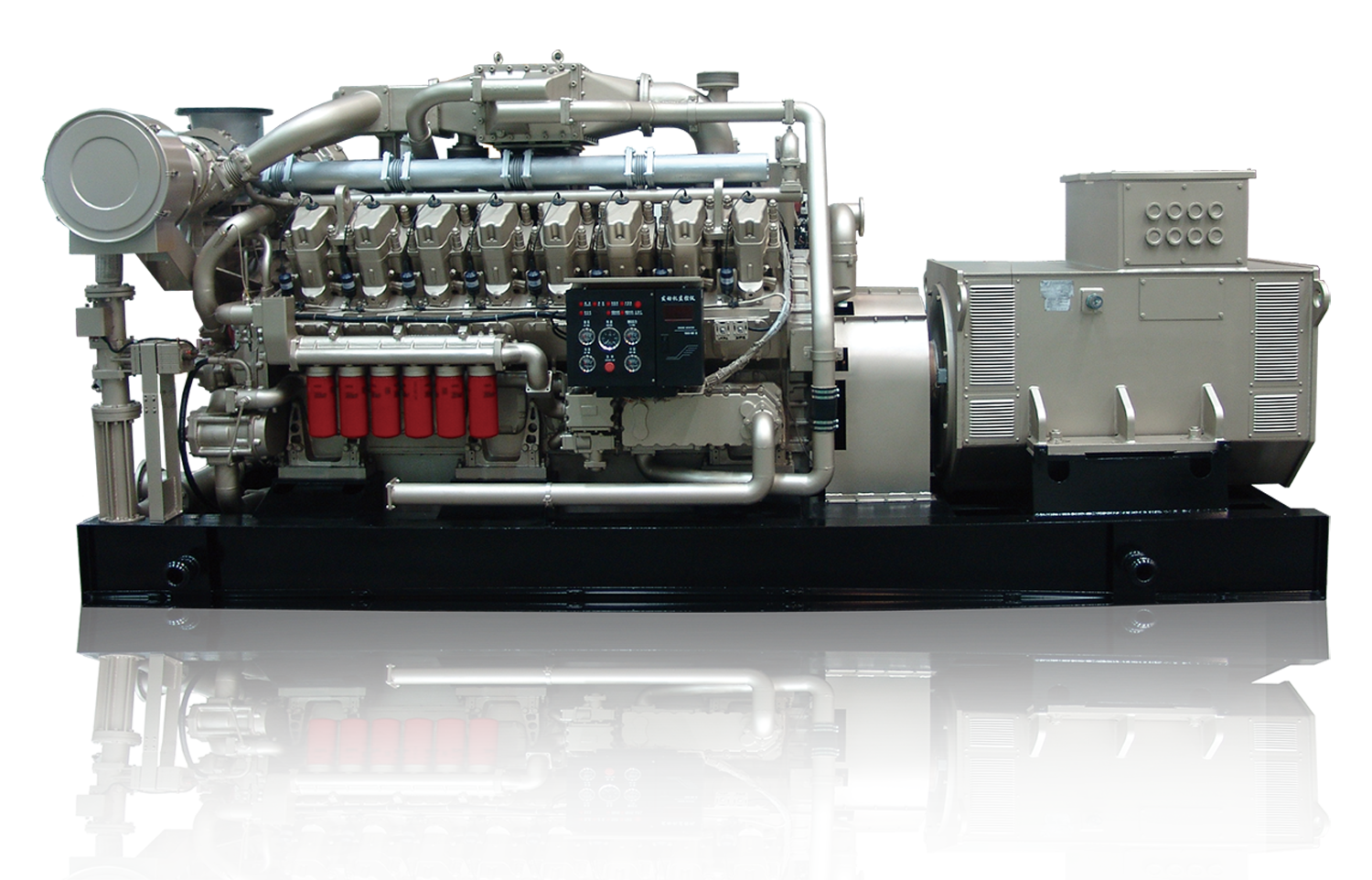
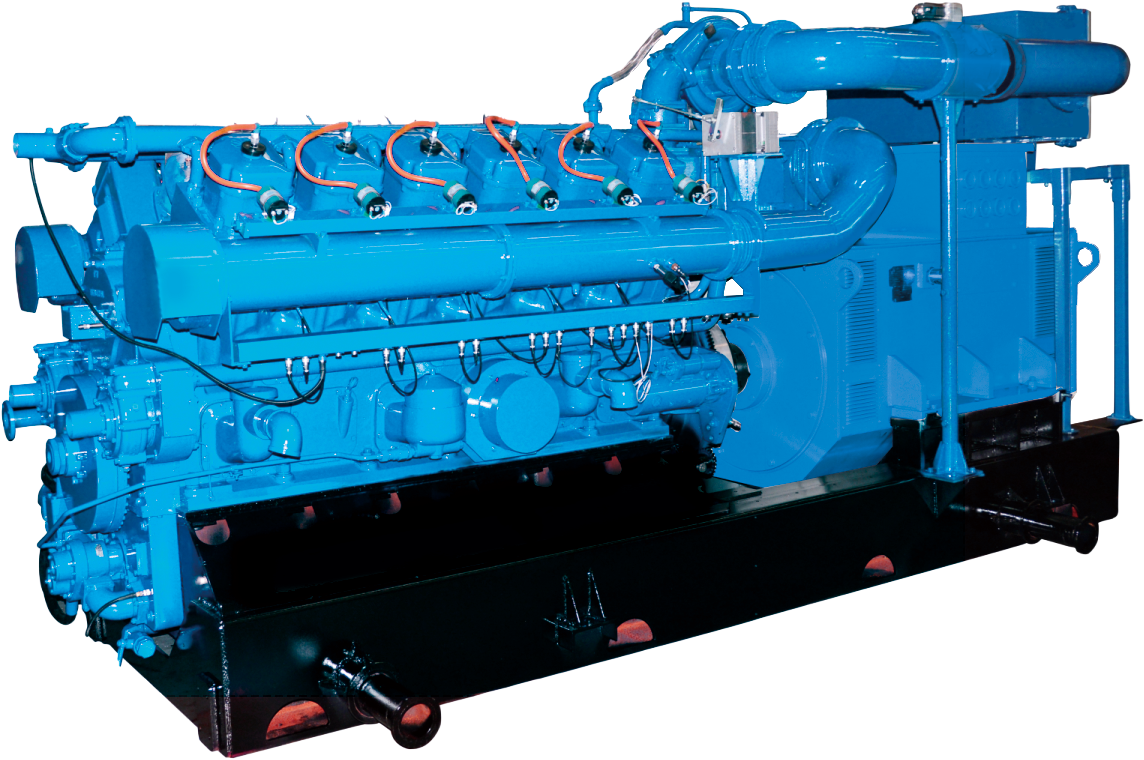
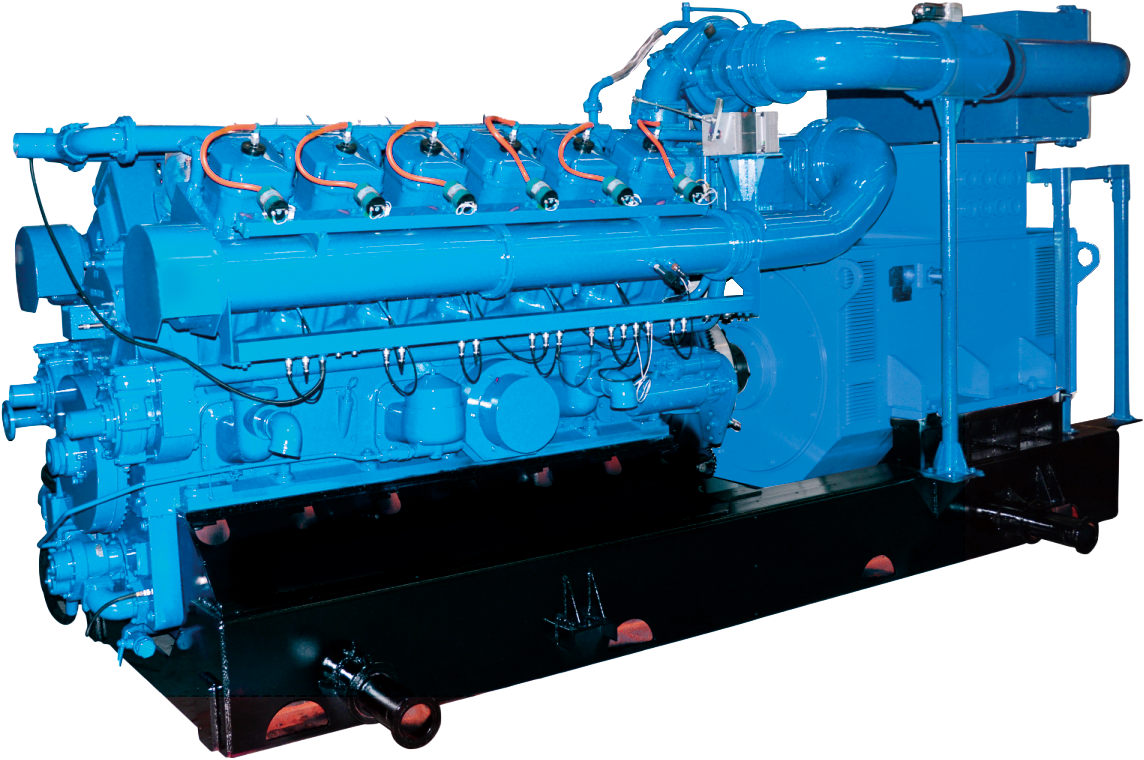

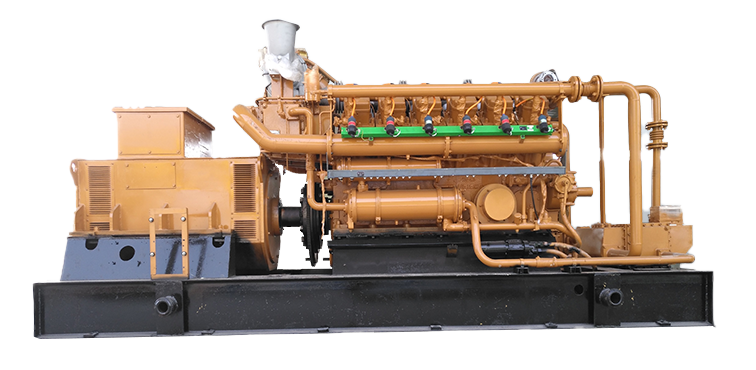
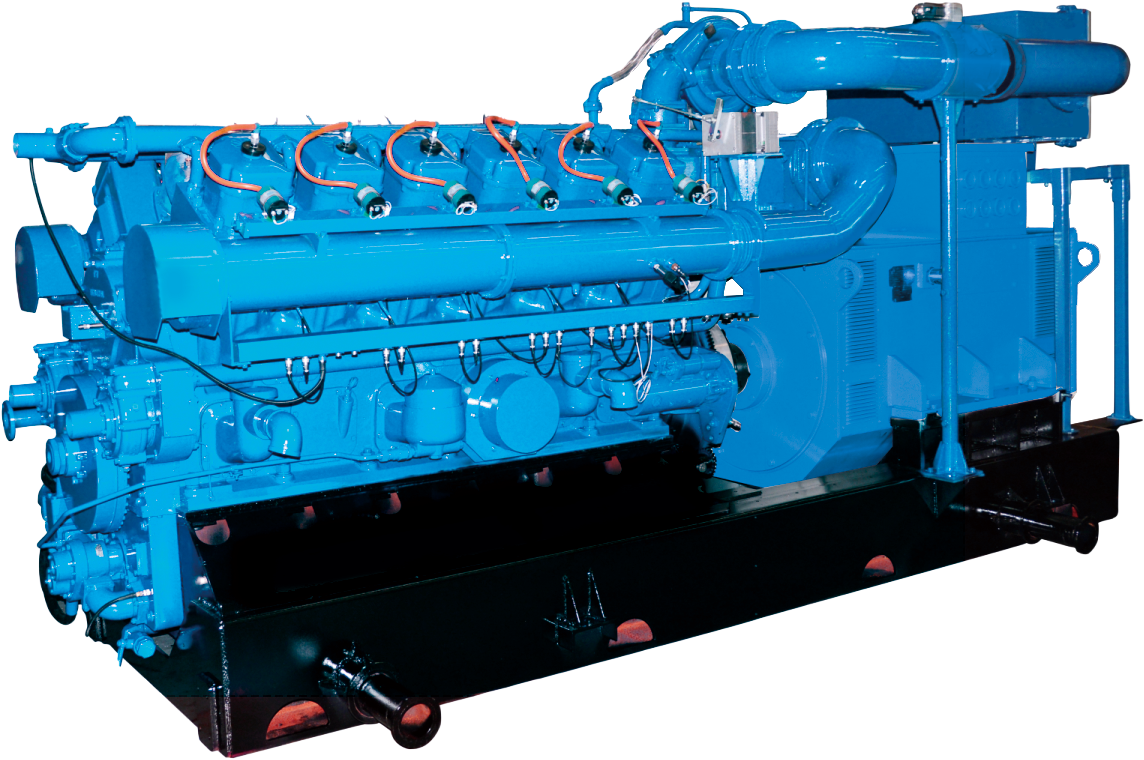
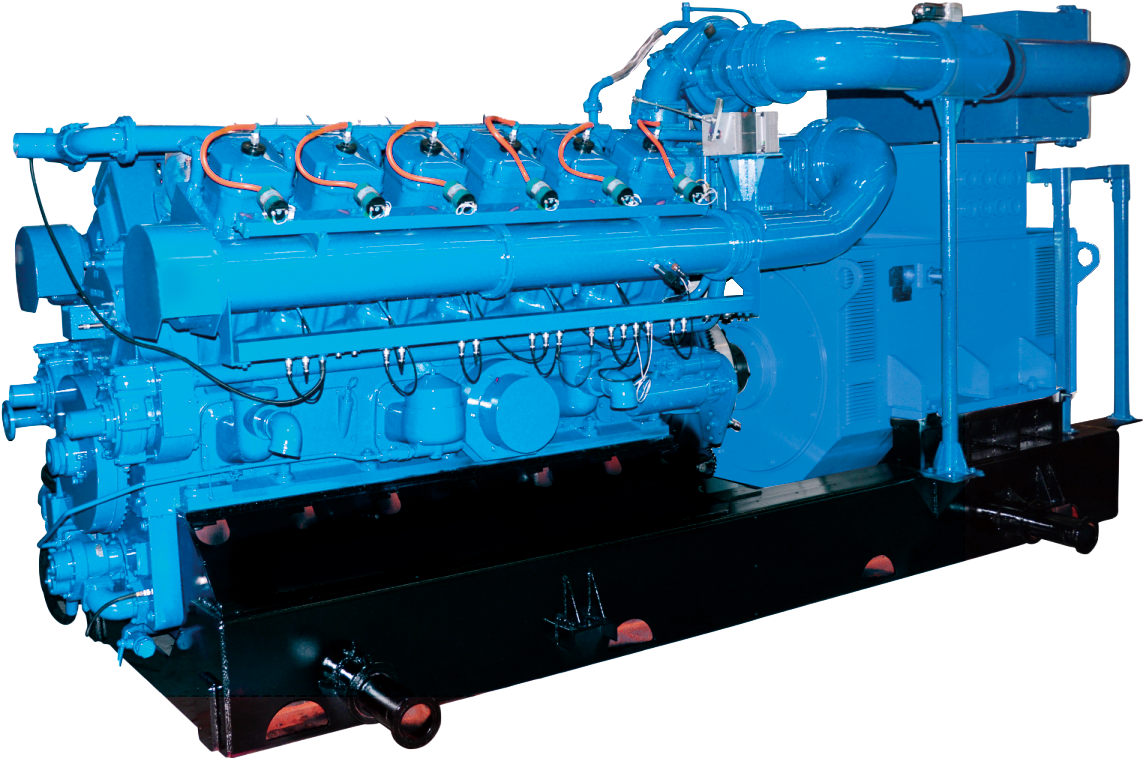

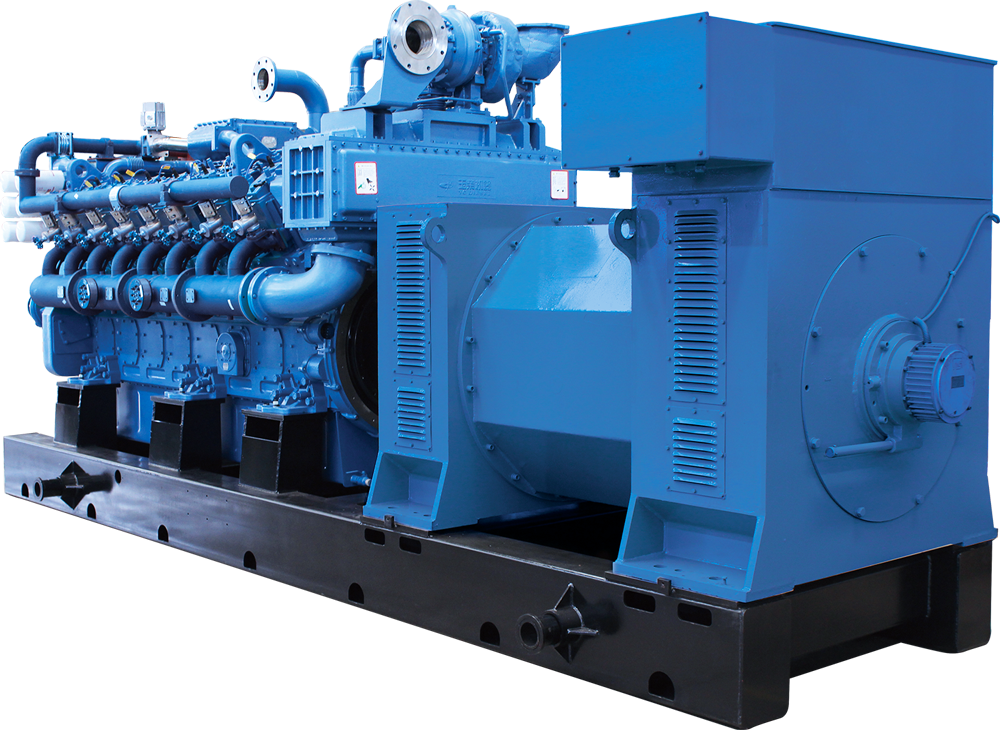


 Tel:0531-69953988
Tel:0531-69953988  Add:101, Building 5, Liandong U Valley Science and Technology Innovation Center, Zhangjin Comprehensive Bonded Zone, No. 33688 Jingshi East Road, Suncun Street, Jinan Area, China (Shandong) Pilot Free Trade Zone
Add:101, Building 5, Liandong U Valley Science and Technology Innovation Center, Zhangjin Comprehensive Bonded Zone, No. 33688 Jingshi East Road, Suncun Street, Jinan Area, China (Shandong) Pilot Free Trade Zone

